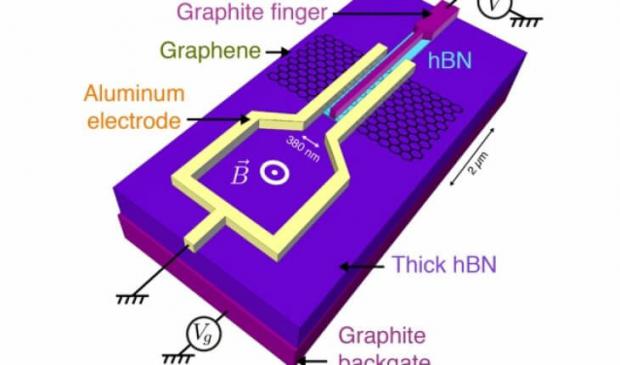
Breaking News
6.5x55 Swedish vs. 6.5 Creedmoor: The New 6.5mm Hotness
Best 7mm PRC Ammo: Hunting and Long-Distance Target Shooting
 Christmas Truce of 1914, World War I - For Sharing, For Peace
Christmas Truce of 1914, World War I - For Sharing, For Peace
Top Tech News
 EngineAI T800: Born to Disrupt! #EngineAI #robotics #newtechnology #newproduct
EngineAI T800: Born to Disrupt! #EngineAI #robotics #newtechnology #newproduct
 This Silicon Anode Breakthrough Could Mark A Turning Point For EV Batteries [Update]
This Silicon Anode Breakthrough Could Mark A Turning Point For EV Batteries [Update]
 Travel gadget promises to dry and iron your clothes – totally hands-free
Travel gadget promises to dry and iron your clothes – totally hands-free
 Perfect Aircrete, Kitchen Ingredients.
Perfect Aircrete, Kitchen Ingredients.
 Futuristic pixel-raising display lets you feel what's onscreen
Futuristic pixel-raising display lets you feel what's onscreen
 Cutting-Edge Facility Generates Pure Water and Hydrogen Fuel from Seawater for Mere Pennies
Cutting-Edge Facility Generates Pure Water and Hydrogen Fuel from Seawater for Mere Pennies
 This tiny dev board is packed with features for ambitious makers
This tiny dev board is packed with features for ambitious makers
 Scientists Discover Gel to Regrow Tooth Enamel
Scientists Discover Gel to Regrow Tooth Enamel
 Vitamin C and Dandelion Root Killing Cancer Cells -- as Former CDC Director Calls for COVID-19...
Vitamin C and Dandelion Root Killing Cancer Cells -- as Former CDC Director Calls for COVID-19...
 Galactic Brain: US firm plans space-based data centers, power grid to challenge China
Galactic Brain: US firm plans space-based data centers, power grid to challenge China
Graphene inherits superconductor qualities when close to superconductors

MIT physicists have found that a flake of graphene, when brought in close proximity with two superconducting materials, can inherit some of those materials' superconducting qualities. As graphene is sandwiched between superconductors, its electronic state changes dramatically, even at its center.
The researchers found that graphene's electrons, formerly behaving as individual, scattering particles, instead pair up in "Andreev states" — a fundamental electronic configuration that allows a conventional, nonsuperconducting material to carry a "supercurrent," an electric current that flows without dissipating energy.
The researchers' graphene platform may be used to explore exotic particles, such as Majorana fermions, which are thought to arise from Andreev states and may be key particles for building powerful, error-proof quantum computers.
MIT physicists have found that a flake of graphene, when brought in close proximity with two superconducting materials, can inherit some of those materials' superconducting qualities. As graphene is sandwiched between superconductors, its electronic state changes dramatically, even at its center. Pictured is the experimental concept and device schematic.
Nature Physics – Tunnelling spectroscopy of Andreev states in graphene

 The State's Last Stand
The State's Last Stand


